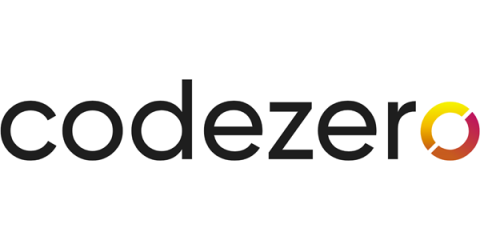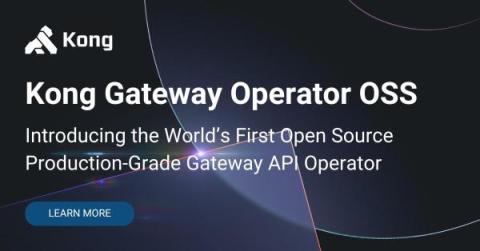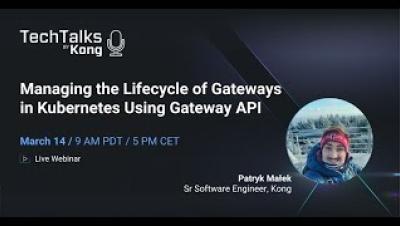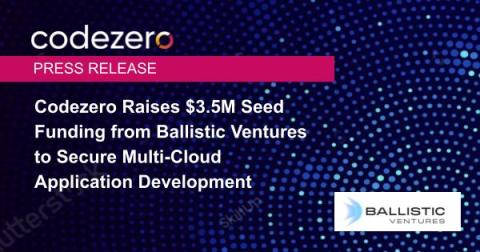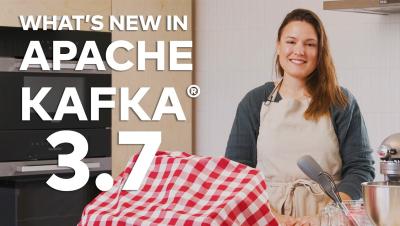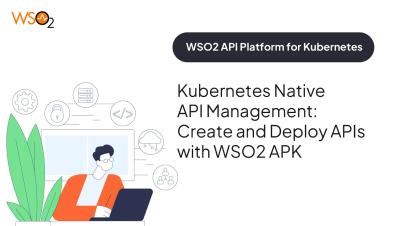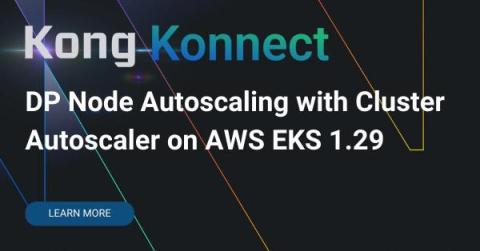4 Ways Codezero Optimizes AI Dev
Leveraging Codezero can significantly benefit AI developers in building better, larger, and more sophisticated models through its suite of features designed to simplify and secure microservices development. By addressing common challenges in AI model development, such as environment consistency, collaboration, scalability, and security, Codezero provides a conducive environment for innovation and efficiency. Here’s how AI developers can harness Codezero for these advantages.


